Search the Special Collections and Archives Portal
Search Results
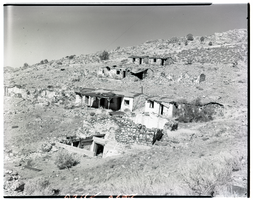
Film transparency of a ghost town, Delamar, Nevada, 1956
Date
Archival Collection
Description
Image
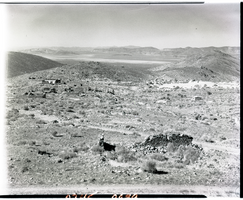
Film transparency of a ghost town, Delamar, Nevada, 1956
Date
Archival Collection
Description
Image

Film transparency of a ghost town, Delamar, Nevada, 1956
Date
Archival Collection
Description
Image
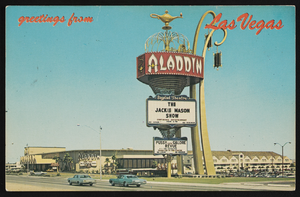
The Aladdin Hotel and Casino in Las Vegas, Nevada: postcard
Date
Archival Collection
Description
Image

"Greeting from Las Vegas, Nevada": postcard
Date
Archival Collection
Description
Image
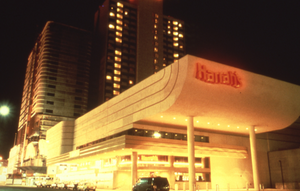
Harrah's Bus Entrance sign, Reno, Nevada: photographic print
Date
Archival Collection
Description
The bus entrance for Harrah's in Reno, Nevada at night.
Image
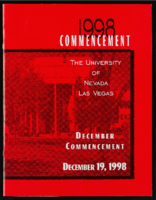
University of Nevada, Las Vegas (UNLV) 35th commencement program
Date
Archival Collection
Description
Commencement program from University of Nevada, Las Vegas Commencement Programs and Graduation Lists (UA-00115).
Text
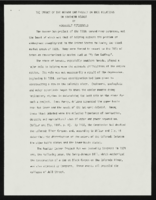
"The Impact of the Hoover Dam Project on Race Relations in Southern Nevada": manuscript draft by Roosevelt Fitzgerald
Date
Archival Collection
Description
From the Roosevelt Fitzgerald Professional Papers (MS-01082) -- Unpublished manuscripts file.
Text
#68172: Hotel College advisory board member Anee Hanson, in white, joins UNLV alumni Marcus Lidey and Colleen Birch for a portrait at The Chandelier Bar July 19, 2011 at The Cosmopolitan Hotel and Casino. The group each played a part in getting the property opened last year., 2011 July 19
Level of Description
Archival Collection
Collection Name: University of Nevada, Las Vegas Creative Services Records (2010s)
Box/Folder: Digital File 00
Archival Component
University of Nevada, Las Vegas Course Catalogs
Identifier
Abstract
The University of Nevada, Las Vegas Course Catalogs (1917-2016) contain undergraduate, graduate, and continuing education course catalogs for the University of Nevada, Las Vegas (UNLV). The collection also contains a number of catalogs from the University of Nevada, Reno and summer courses for UNLV.
Archival Collection
